20 Curious Finds Whose Mysteries Were Cracked With the Help of the Internet

Collectively, humanity produces an unbelievable amount of waste, all because 99% of the stuff we purchase is thrown away within just 6 months. That’s why if we all try to make sure that the things we buy serve us for a long time, we’ll help both the environment and our budgets.
We at Now I’ve Seen Everything prepared a few hacks we can use in the kitchen to make sure we’re doing our part in reducing waste.
Preservation time: 1 week, approximately
To keep your asparagus fresh in the fridge, put the stems in a container with water, place a plastic bag over them, and seal the cover with a rubber band.
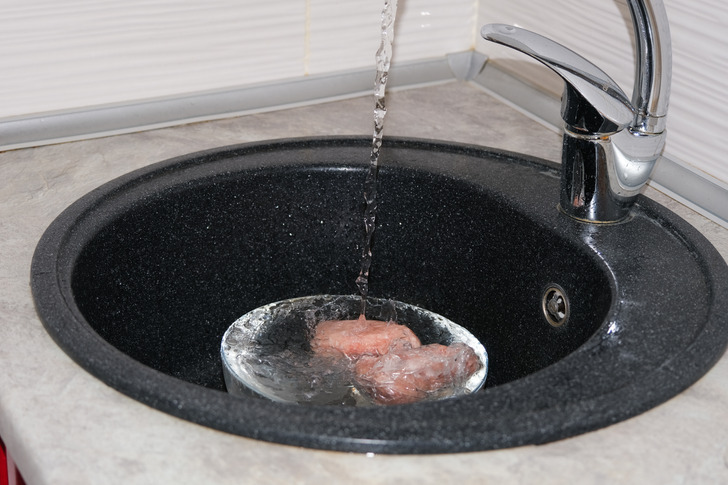
If you need to defrost small pieces of meat or fish very quickly, use hot water.
Defrosting should take approximately 15 minutes. This allows you to protect the meat from the growth of harmful bacteria.
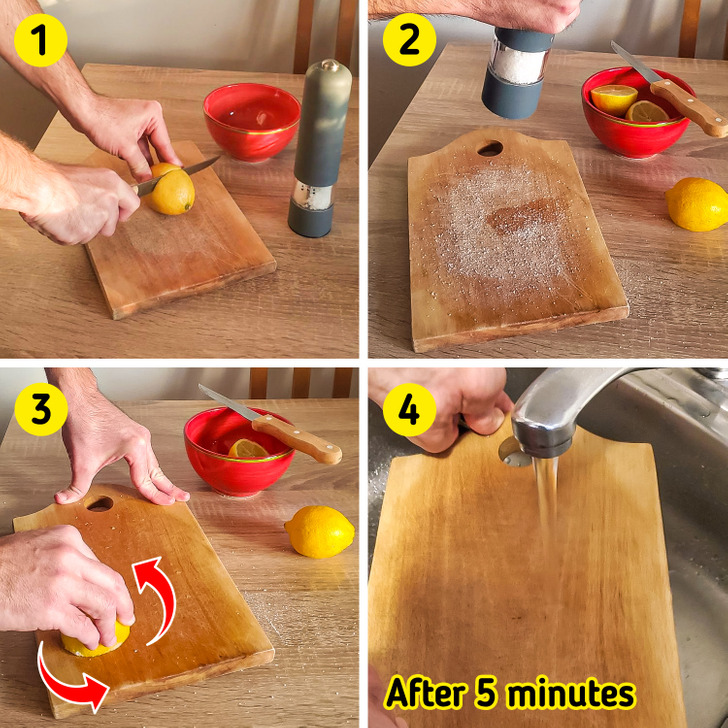
To clean and freshen the wooden board you use for chopping, you need lemon and coarse sea or kosher salt. When you gather the ingredients, do the following:
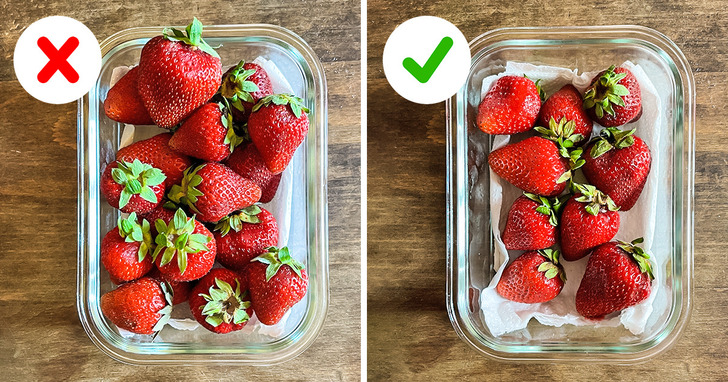
To keep bacteria from growing on your strawberries, wash them in a vinegar solution (1 part vinegar to 5 parts water) and let them dry completely on a paper towel. Then place a single layer of strawberries on a paper towel in an open container and store them in the fridge.
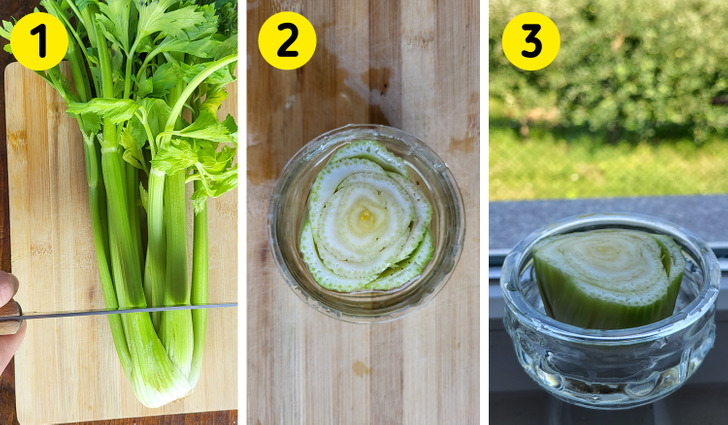
To grow this vegetable, you’ll need some celery, a knife, and a small container.
Preservation time: 1 week
Insert a stalk of celery into the bag of sliced bread and close it tightly. The celery will help absorb moisture and delay the production of mold.
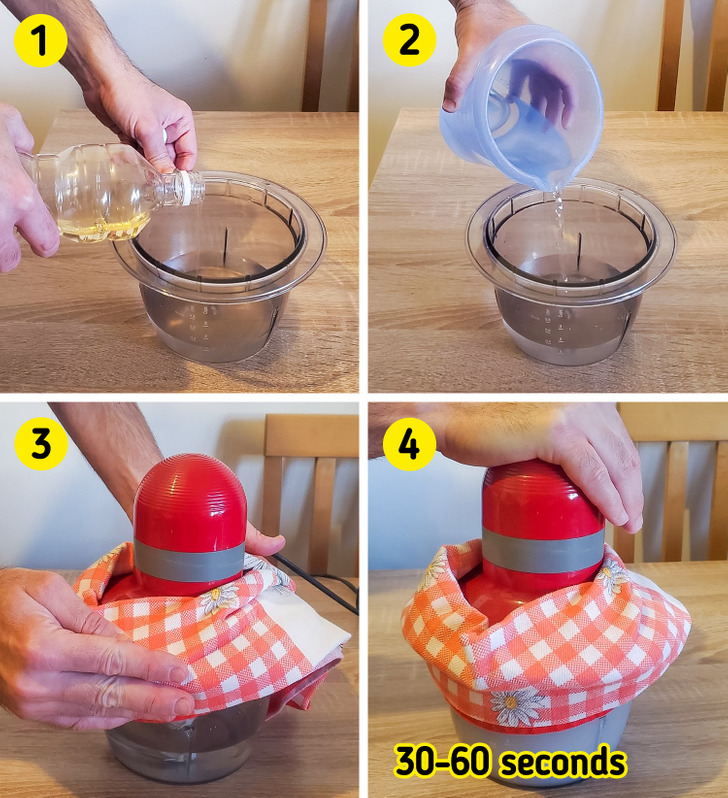
To clean your food processor, you’ll need to do the following:
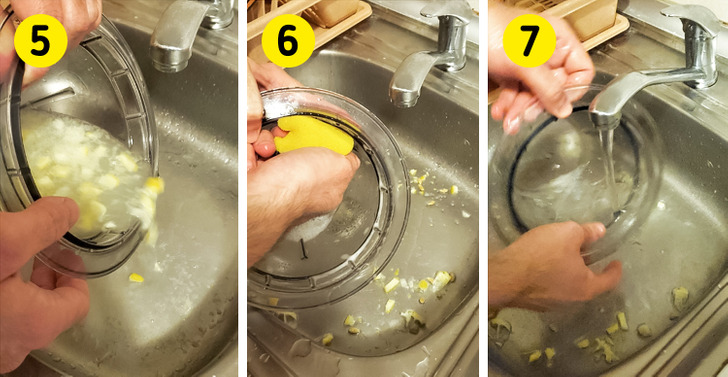
5. Pour out the contents of the bowl
6. Wipe the bowl and the lid with a soapy sponge
7. Rinse everything and let the food processor dry.
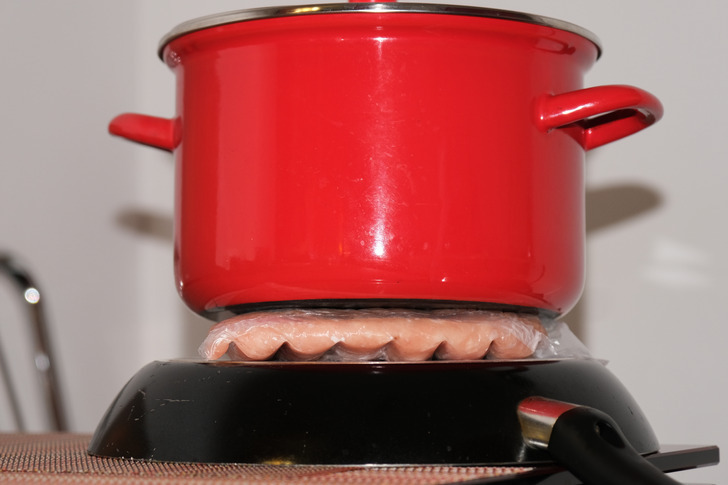
Pieces of meat or fish that aren’t too thick can be thawed with metal objects.
You can use pots instead of pans.
The metal has a high thermal conductivity, which helps food thaw. Aluminum cookware is especially good for this purpose.
Ripening time: 3-4 days
Do not store unripe green avocados in the fridge, humidity will cause their peels to darken and develop mold. Place the avocados inside a closed paper bag. Place them in the pantry in a cool area until they are ripe.
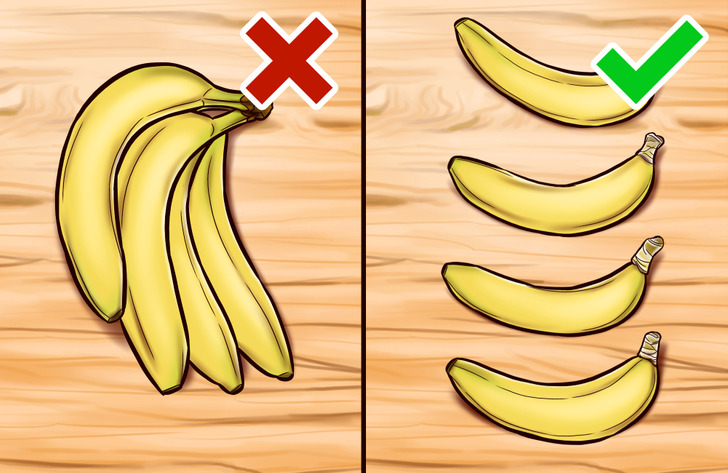
You can make the life of your bananas longer by separating them from the bunch and wrapping the stems in plastic food wrap. Don’t forget that they should be stored at room temperature, not in the fridge.
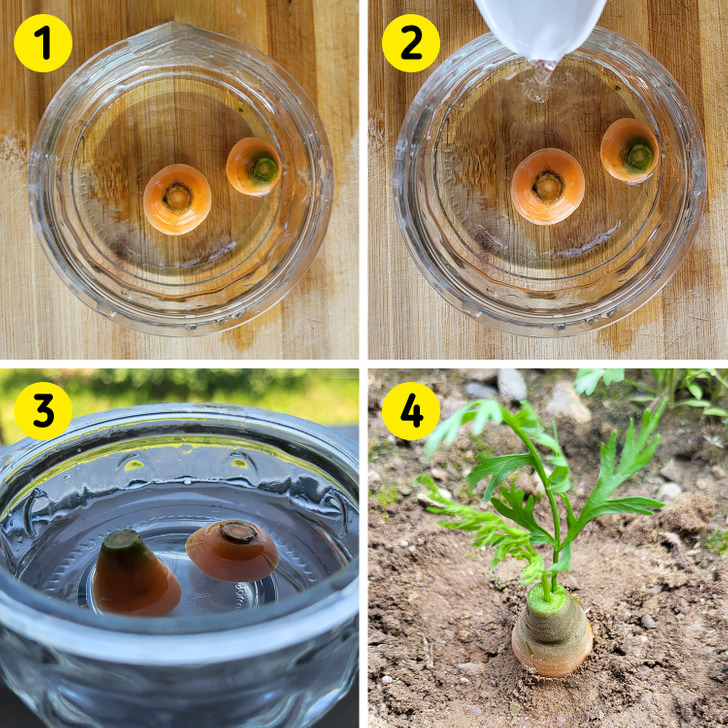
To grow these, you’ll need vegetable carrot tops, containers, water, and a place where you can plant the carrot.
Refrigeration time: 1-2 days, approximately
When refrigerating split or sliced ripe avocados, leave them together with half an onion inside a plastic container and cover. The enzymes in the onion extend the life of the fruit.
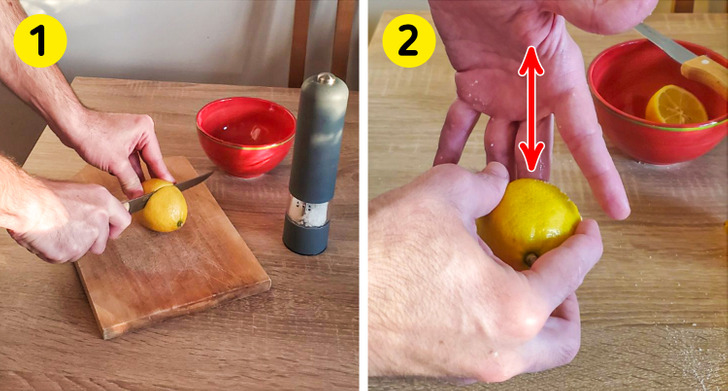
Lemon juice can help you to remove fishy odors and fish smells from your hands after cooking. All you need to do is:
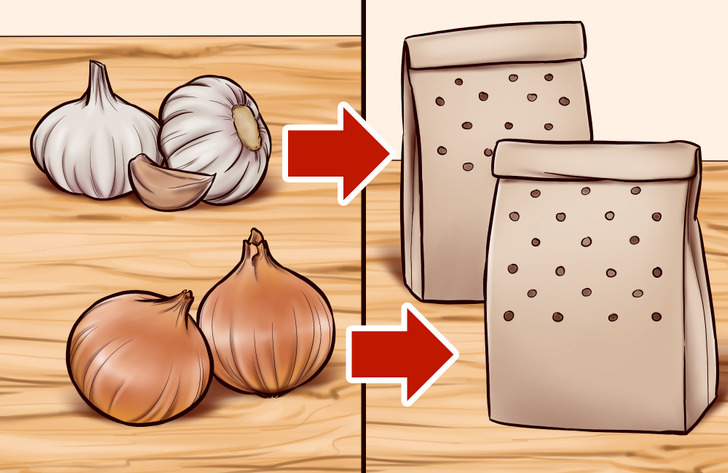
Garlic and onions love darkness and they also need some airflow. So the best way to store them is to put them in separate paper bags with several small holes punched through them.
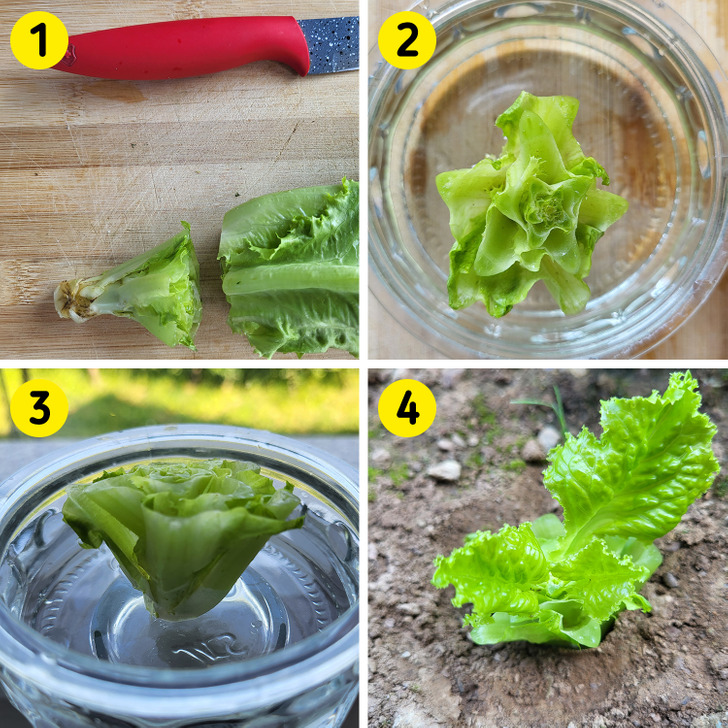
Lettuce is an easy vegetable to regrow. You will need a couple of things, like a container, a sunny area, and a place where you can plant it.
What kitchen life hacks do you know?











